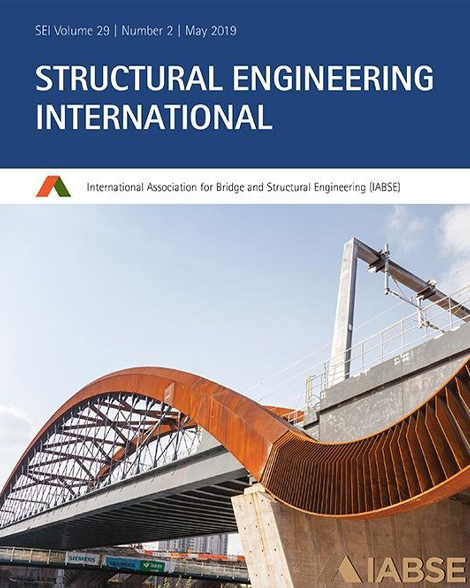Recently there has been a rapid development of structural glass projects in New York City. This progression includes the first large scale cable net wall in the U.S., large self supporting glass walls, and advanced curved glass facades (with and without cable reinforcement). In this study, these developments are described to convey both the technical implications of the individual structures as well as the methodology behind the development of new structural forms. For example, the Time Warner Center included a tall cable net wall that expanded cable net façade concepts developed in Europe. This was further developed at 7 World Trade Center (WTC) and 1 WTC. Other large scale glass façade structural strategies may be seen in the Hudson Yards West Podium Art Wall and Nordstrom Tower, both currently in the final construction stages, in which curved glass façades (in plan and section, respectively) are utilized. The Apple Store façade in Brooklyn Academy of Music (BAM) South, a new retail space in Brooklyn, includes large scale self supporting glass panels that form the façade. A comparative critical analysis of this progression of structural glass projects shows how structural engineers can be innovative through thoughtful design approaches with novel materials.
